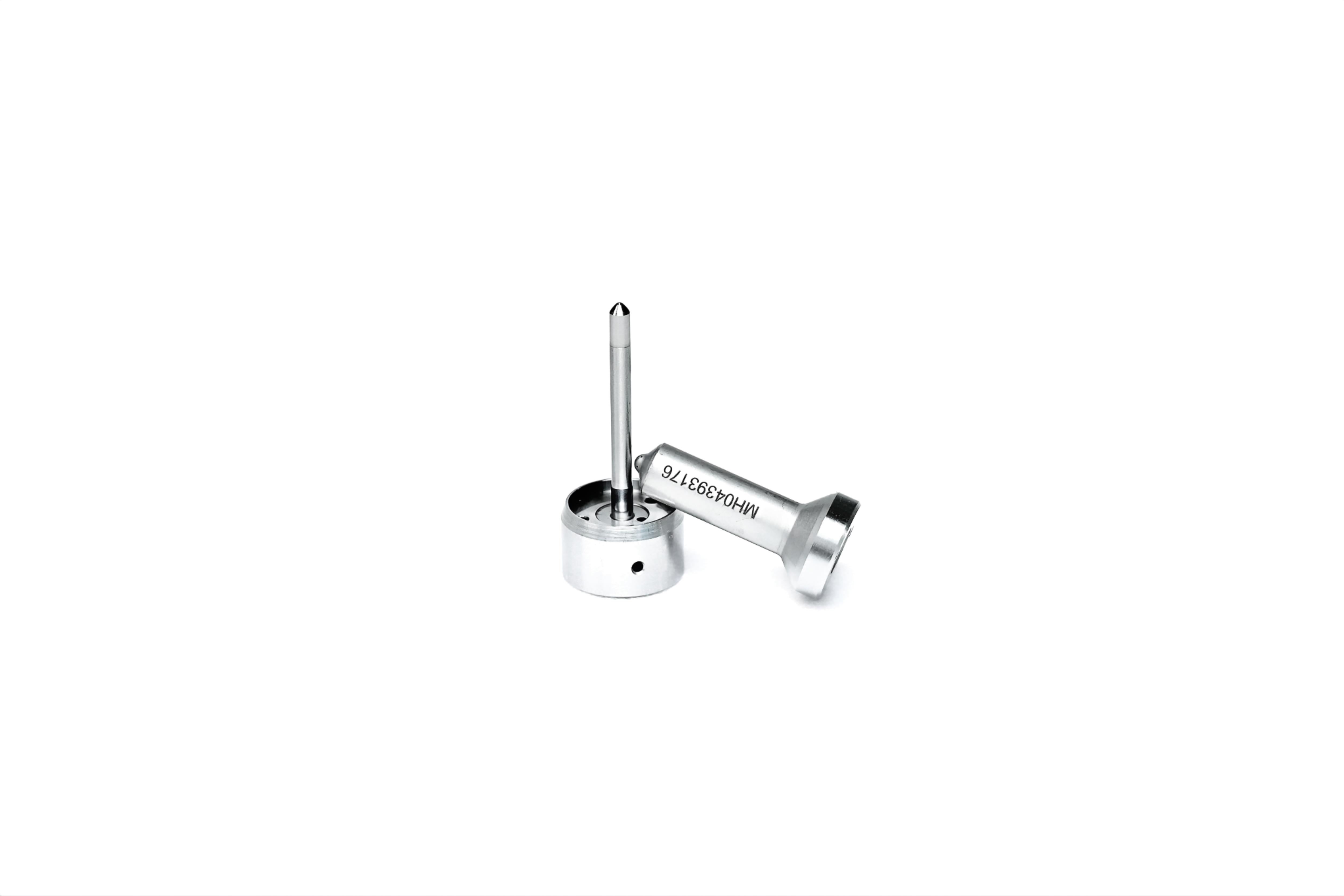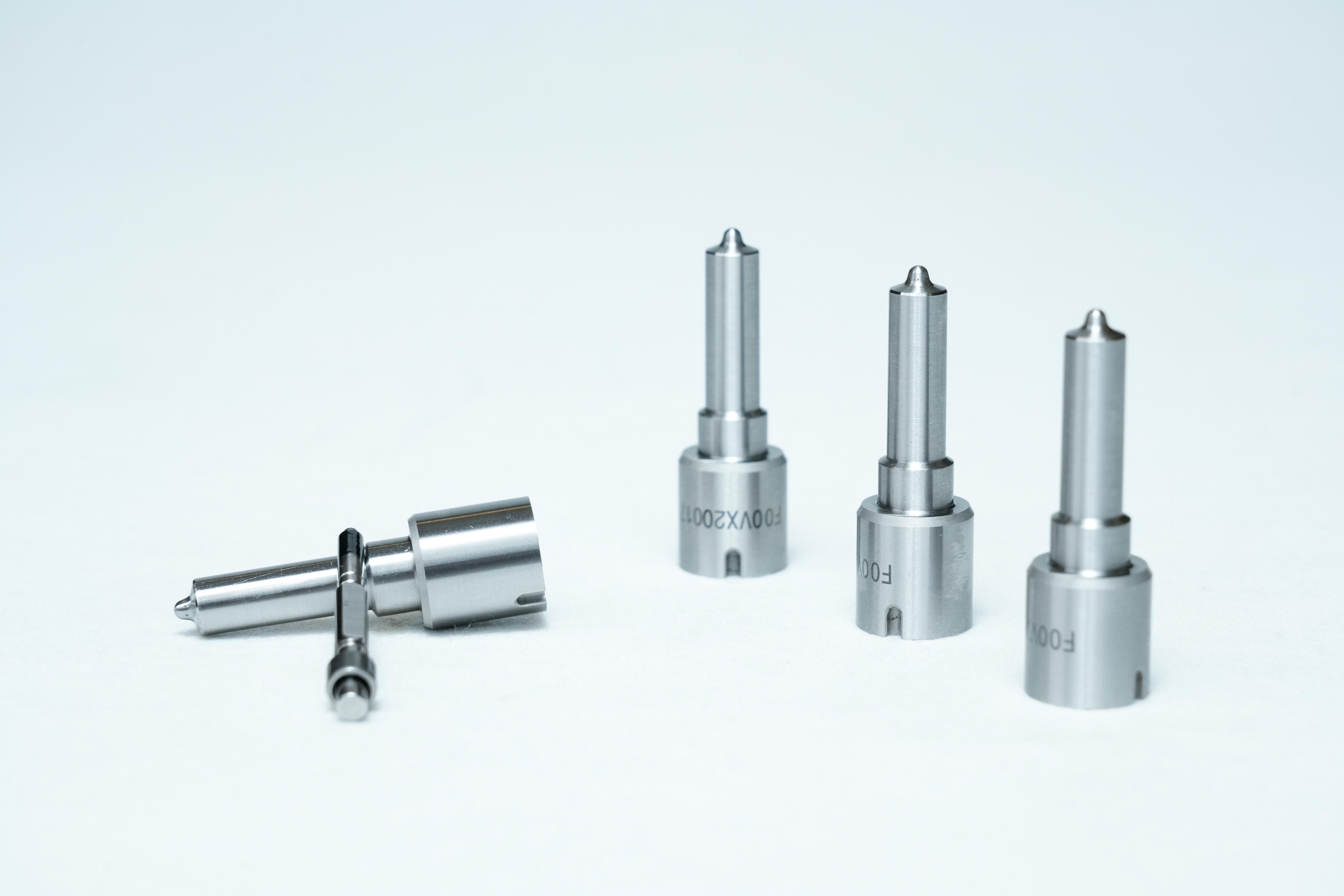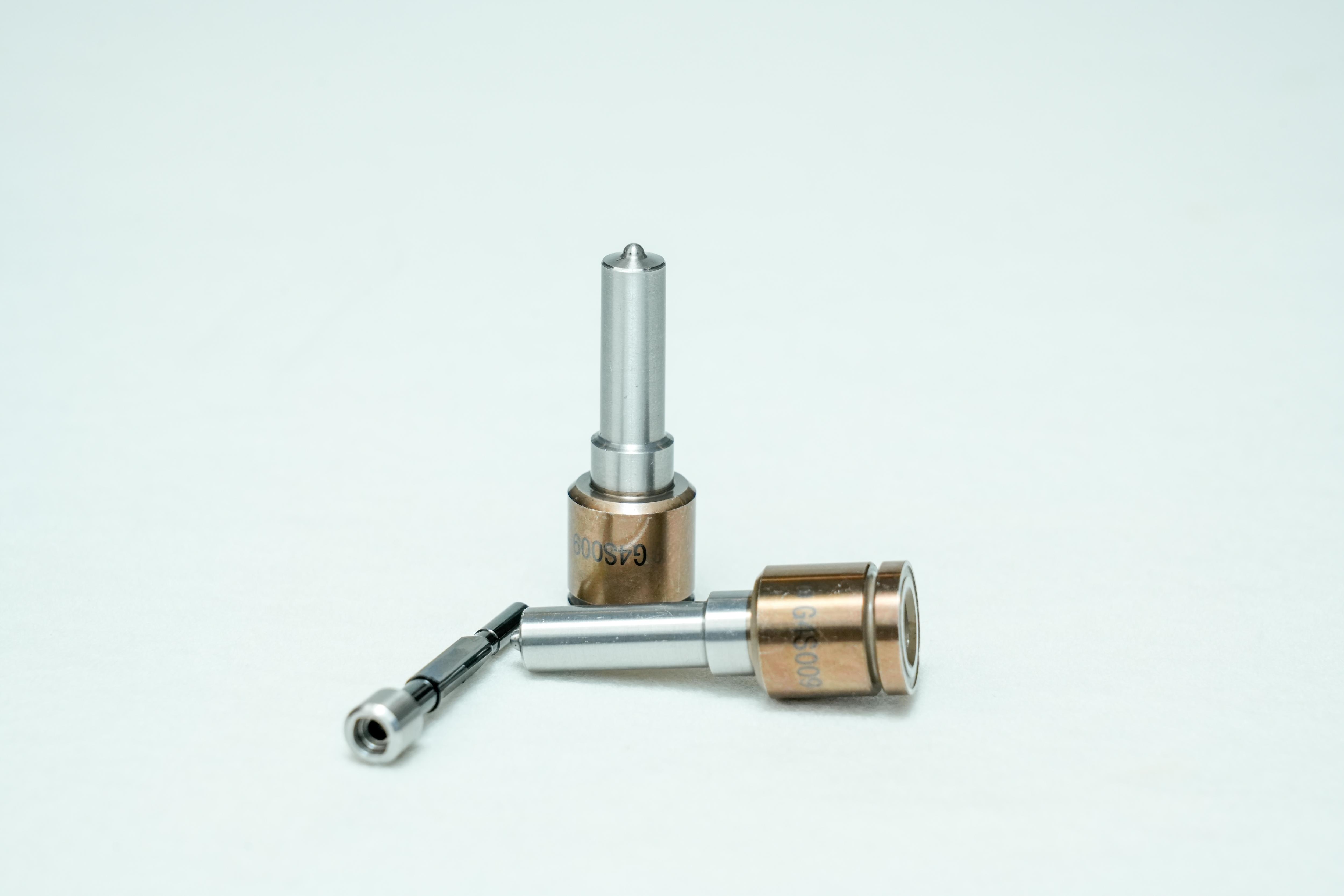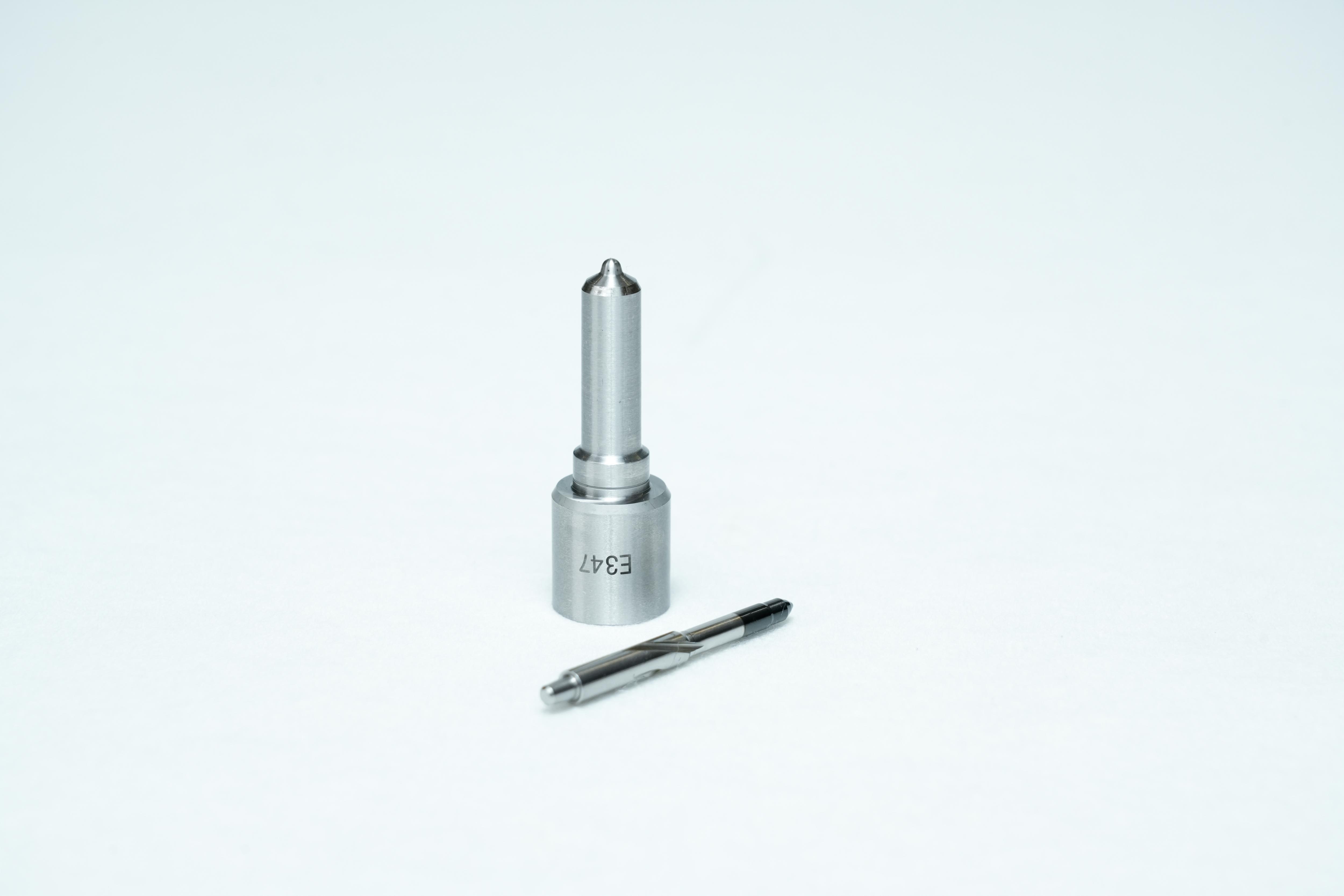Room 503, Building 2, Xinghu Bay, Ningbo City
Product Center
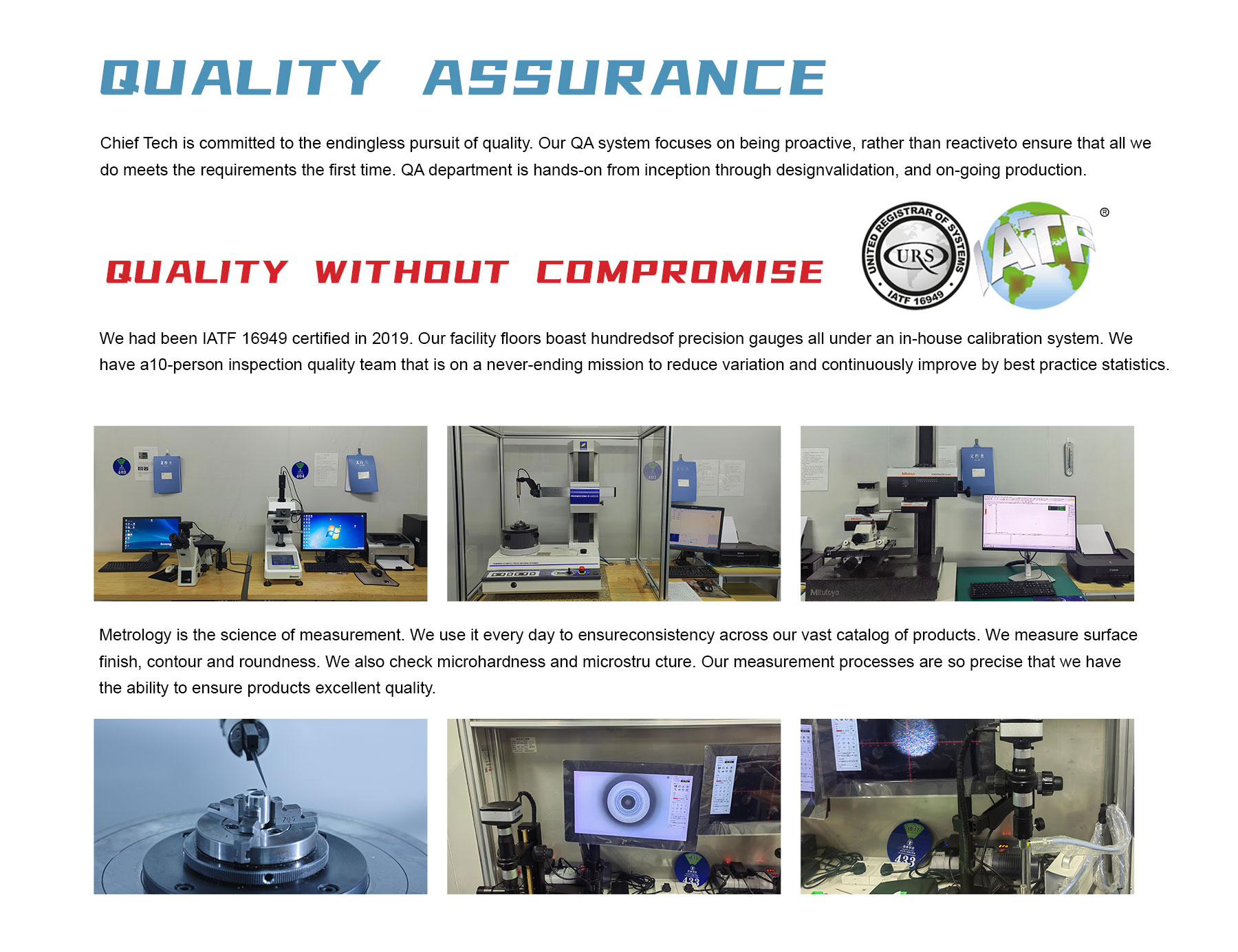
About Us
Chief Tech, a premier manufacturer specializing in diesel injection systems for over three decades, has earned the trust of the aftermarket through innovative solutions, imported cutting-edge equipment, and a highly qualified and experienced technical team. Founded in 1993, the company is one of the domestic enterprises that develops and produces J series, P series fuel injection nozzles. As the market modernized, we are now focusing on manufacturing common rail nozzles, seeking to become a reference in the segment of components for common rail injection systems. We also offer injector overhaul kits for customers in the maintenance and repair industry. Furthermore, to ensure product diversification and cater to customer needs, we invested and established a factory that mainly manufactures complete injectors. Our objective is to manufacture and distribute diesel injection parts, provide quality service, and ensure our customers' satisfaction
